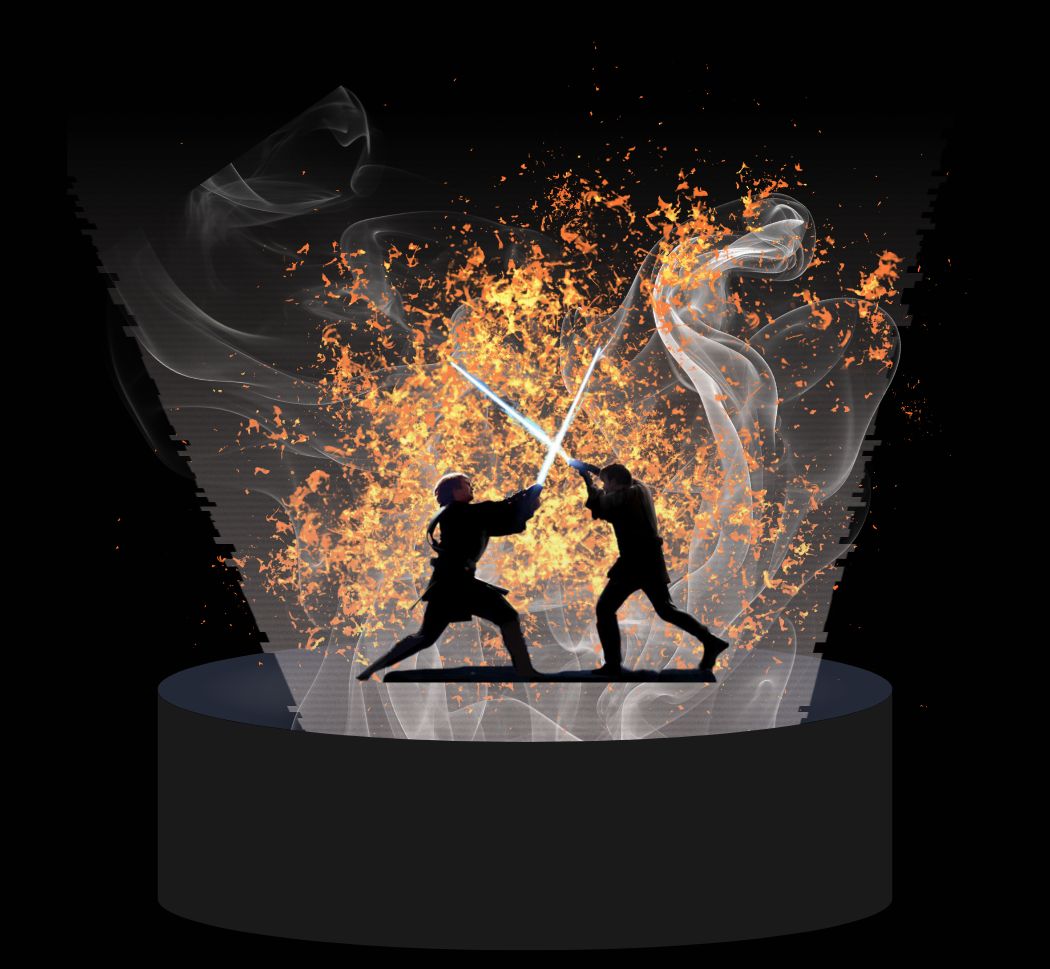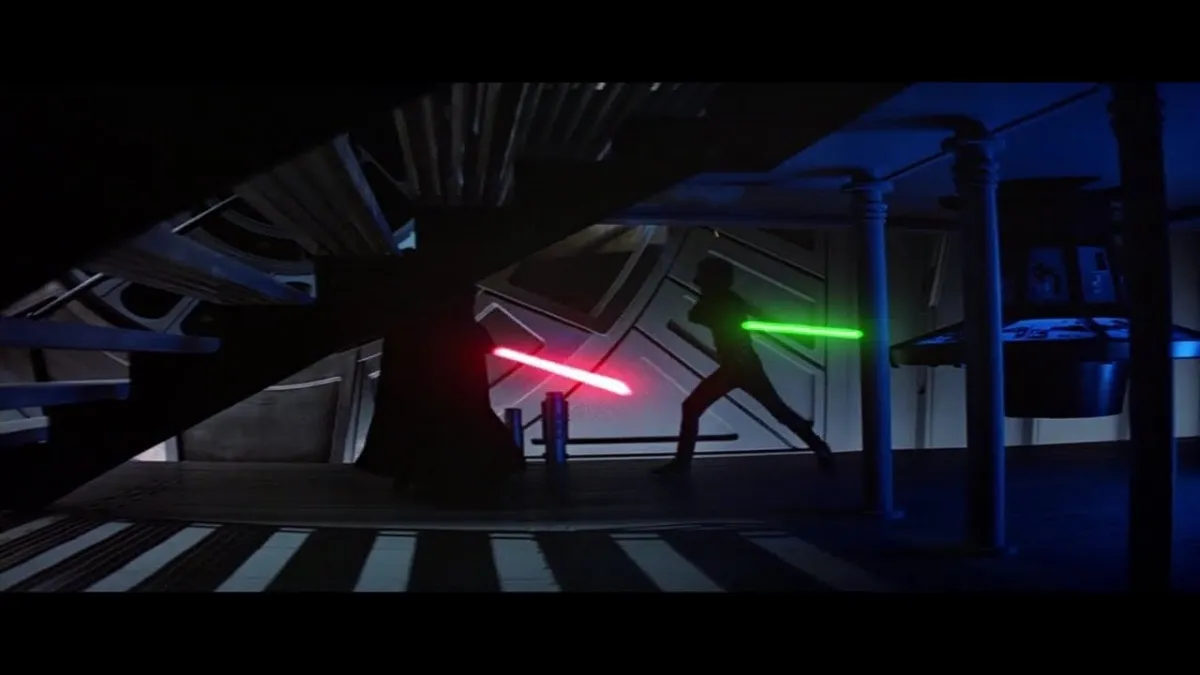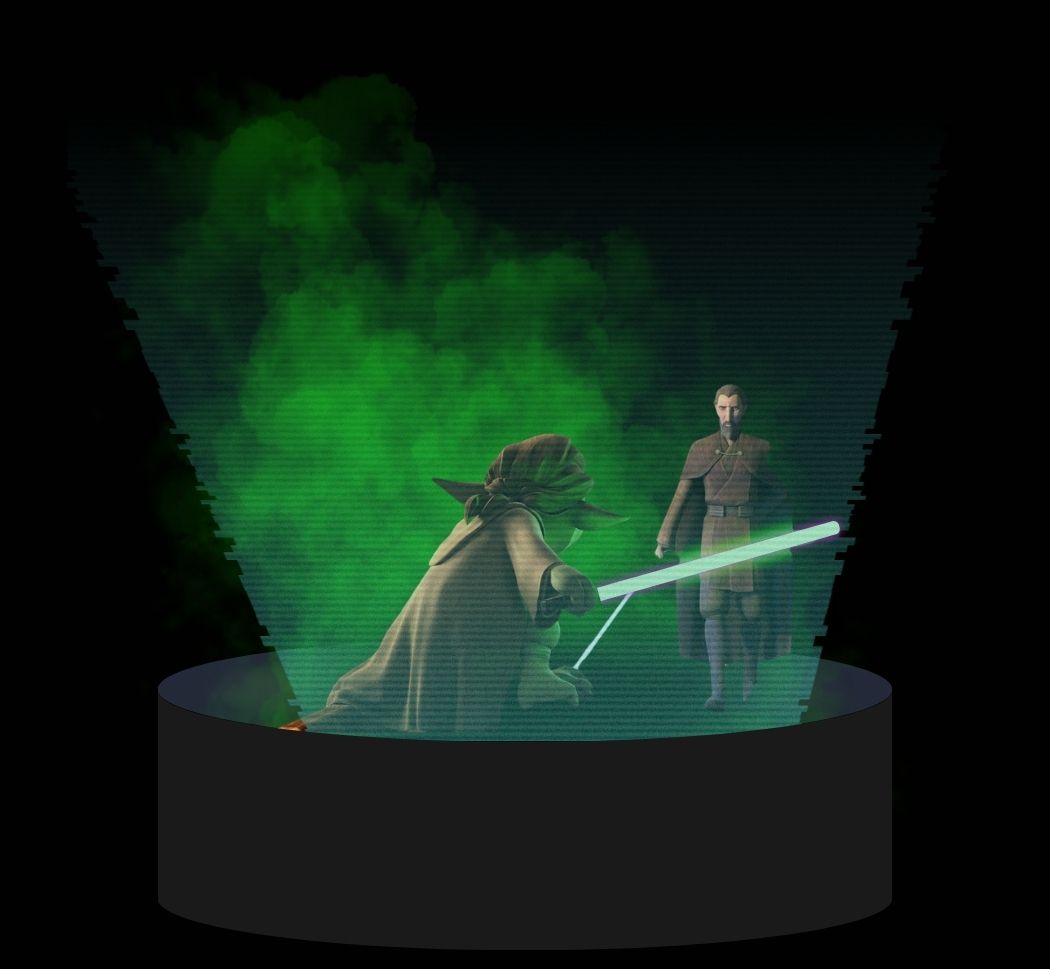The Best Duels from Star Wars: Return of the Jedi

Return of the Jedi delivers deeply emotional duels where legacy, sacrifice, and inner conflict come to the forefront. From Luke vs. Vader’s redemption-fueled clash to the Ewoks' unlikely triumph, each battle reflects the saga’s central themes—hope, identity, and the enduring struggle between light and dark.
The Best Duels from Star Wars: Return of the Jedi
Return of the Jedi serves as the climactic conclusion to the Original Trilogy, bringing to a head the intertwined stories of redemption, sacrifice, and the battle between light and dark.

The duels and confrontations in this film are not mere displays of combat skill but revolve deeply around emotional stakes and legacy—each confrontation is steeped in the burden of past choices and the hope of healing.
The duels mark the final reckoning where characters face not only physical opposition but their inner demons, reinforcing the saga’s major themes of forgiveness, identity, and the triumph of hope over despair.
In this final chapter, the dueling sequences give weight to the long journey of the characters, especially Luke Skywalker as he reconciles his Jedi teachings with family loyalty, and Darth Vader wrestling with his hidden humanity.
The thematic depth permeates every clash, ensuring that the battles are more than spectacle—they are essential to the emotional and narrative closure of the saga, forging a powerful legacy that resonates decades after the film’s release.
Luke Skywalker vs Darth Vader: The Duel of Fates on the Second Death Star
The lightsaber duel between Luke Skywalker and Darth Vader aboard the Second Death Star is the emotional and philosophical pinnacle of the Star Wars saga.
This confrontation is steeped in Luke’s internal struggle, as he battles not only Vader’s formidable presence but also his own fears and temptations toward the dark side.
Throughout the fight, Luke exhibits remarkable growth in power and conviction, wielding his green lightsaber with a mix of resolve and vulnerability that underscores his journey as a Jedi.
Vader’s torment remains largely silent but palpable, embodying the tragic fall of Anakin Skywalker beneath the armor.
Emperor Palpatine’s sinister manipulation looms over the duel, pushing Luke toward anger and hate as the path to power. Crucially, Luke’s symbolic rejection of his lightsaber—throwing it away during the fight—demonstrates his conscious refusal to surrender to violence and darkness, choosing instead a higher path of empathy and redemption, defining the duel’s profound meaning beyond combat.
The Emperor’s Presence: Power Without a Saber
Though Emperor Palpatine does not engage in a traditional lightsaber duel, his presence in Return of the Jedi is a formidable force that shapes the conflict’s tension and stakes. He operates as the puppet master, manipulating both Luke and Vader and orchestrating the struggle for control over the galaxy.

His display of raw power through the use of Force lightning presents a terrifying non-physical duel—one where pure, destructive energy replaces the elegance of saber combat yet carries immense threat.
His confrontation with Luke when the young Jedi withstands the lightning is a defining moment, testing Luke’s resolve and signaling the struggle between the dark side’s aggression and the light’s endurance.
The Emperor’s relentless assault with force lightening elevates the climax, reinforcing the dangers of power unmitigated by compassion and setting the stage for Vader’s ultimate redemption through sacrifice.
Leia and Han’s Skirmish on Endor: Blasters and Strategy
While the ground conflict on Endor is often overshadowed by the lightsaber duels in the film, the skirmishes led by Leia Organa and Han Solo highlight the Rebel Alliance’s grit, teamwork, and tactical brilliance.
Their standoff against the scout troopers serves as a crucial turning point in the battle to disable the shield generator protecting the Death Star. Leia and Han’s coordinated use of blasters and guerrilla tactics demonstrates the human spirit and rebel ingenuity amid overwhelming odds.
This ground combat sequence emphasizes the broader struggle beyond the Force users’ confrontations, showing how non-Jedi members of the rebellion contribute heroically to the war effort.
The strategic capture of the bunker propels the narrative momentum forward, blending action and suspense while underscoring the importance of collaboration across diverse fighters in the galaxy’s liberation.
Ewoks vs. the Empire: The Unlikely Duel of Nature and Machinery
The battle between the Ewoks and the Imperial stormtroopers epitomizes the underdog victory that grips the hearts of Original Trilogy superfans.
Though unconventional for a Star Wars duel, this confrontation is a David versus Goliath tale, where primitive but resourceful woodland creatures take on the Empire’s advanced machinery and soldiers. The Ewoks employ ingeniously crafted traps, guerrilla tactics, and sheer courage to overcome overwhelming technological superiority.
This clash is more than comic relief—it reflects the theme of nature’s resilience against cold mechanization and tyranny.
The Ewoks’ victory subverts audience expectations, illustrating that spirit and community can triumph over force and oppression. It’s an iconic moment of hope and charm, grounding the film’s epic battles in heartfelt, grassroots resistance.
Lando’s Starfighter Assault vs. Death Star II Defenses
Lando Calrissian’s piloting of the Millennium Falcon during the assault on the second Death Star injects a dynamic space duel into the film’s climactic tapestry.
Cutting between Luke and Vader’s intimate lightsaber confrontation and the vast dogfights erupting around the Death Star’s superstructure, Lando’s leadership and skill play a pivotal role in turning the tide.
His deft maneuvers through enemy fire and destruction of critical defenses pave the way for the ultimate destruction of the space station.
This aerial duel is emblematic of the larger war, blending personal heroics with grand stakes.
Lando’s efforts symbolize the rebellion’s resolve and sacrifice, bringing a thrilling, kinetic energy that complements rather than competes with the grounded lightsaber battles, underscoring that victory is won through diverse forms of courage and prowess.
Final Reflections: Why Return of the Jedi’s Duels Still Resonate
The duels in Return of the Jedi endure in popular culture not merely because of dazzling choreography but due to their emotional resonance and thematic weight.
These confrontations are characterized by practical effects and storytelling clarity that amplify their raw impact.
Unlike modern CGI-heavy battles, their tactile nature preserves an intimacy that connects audiences deeply to the characters’ struggles and choices.
Furthermore, these duels represent thematic closures within the saga—redemption conquering destruction, compassion overcoming rage—that leave a lasting impression of hope. They’re not just fights; they're defining moments that honor the characters' journeys.
It’s this layering of action and meaning that ensures Return of the Jedi's duels remain timeless icons in cinematic history.

















.jpg)
